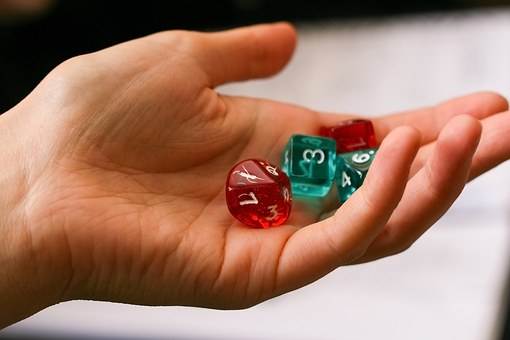I was doing some research on how long losing streaks are likely to be when you are trading Forex.
There are many reasons why this is important information, especially if you are trading mechanical systems, as it helps you know how much cash you should be risking on each trade – at least at a maximum.
The results of the research illustrate an important point that is worth taking a close look at.
Let’s say you are rolling a die that has only 6 numbers on it, 1 through 6. There is therefore an equal random 1 in 6 chance of rolling any number. You decide to roll it 819 times and record how often you roll a 6. You would expect to get a result close to 16.67%, and the longest losing streak you would be likely to have would be something like 29 throws in a row where you do not throw a 6. You would have only a 14% chance of rolling a losing streak of 37.
Now compare that to some backtest results I achieved with a USD/JPY trend trading strategy, with 819 trades taken over 15 years, and targeting a 5 to 1 profit to risk ratio which has an equal random probability to rolling a 6. If the market were truly random, like the dice example, we would expect to get similar numbers, and achieve a small or non-existent profit or loss.
We do not get similar numbers. We win 5:1 on 183 times out of 888, which equals a positive expectancy of about 20% per trade. Not only that, but the longest losing streak is 37, which should not happen in more than 5 out of 6 trials of this length.
Let’s now look at EUR/USD where we back test the same strategy, with 888 trades. The odds of not rolling a 6 in 31 consecutive throws of a die are just under 40% - yet this is the longest losing streak. The wins at 5 to 1 deviate enormously from randomness also: there is a positive expectancy of just over 23% per trade.
This strongly indicates that if Forex trend trading were like rolling dice, they would sometimes be weighted in favor of 6s, and sometimes against them.

